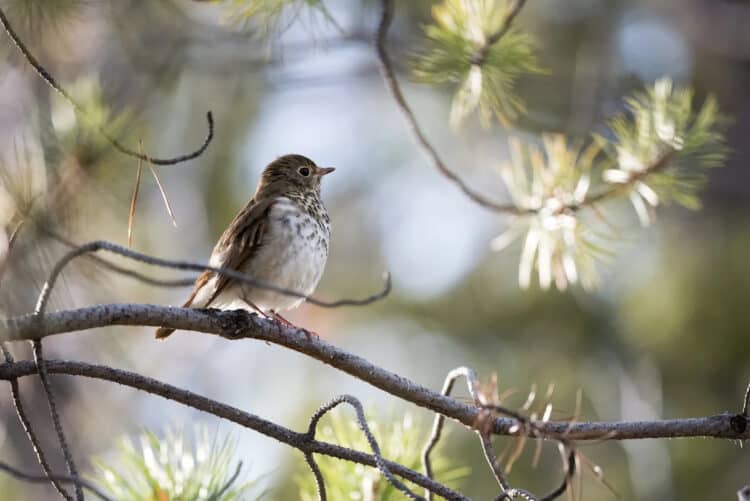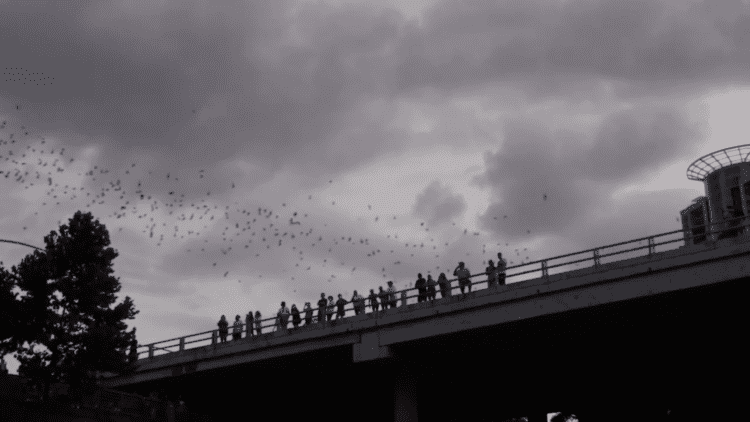The harmonious chirping of birds is an essential part of nature’s symphony.
Ensuring the well-being of baby birds is a way of making sure that these natural musicians continue to grace our environment
We will shed light on the importance of baby birds, assessing when they need help, and ways to effectively rescue and rehabilitate them.
The Significance Of Baby Birds In The Ecosystem
Baby birds, also known as fledglings or nestlings depending on their development stage, play an integral role in the ecosystem.
Their survival not only ensures the continuation of their species but also maintains the balance in the ecosystem.
How Helping Baby Birds Contributes To Environmental Stability
By aiding baby birds, we actively participate in environmental conservation. Birds are crucial in seed dispersal.
Many plant species rely on birds to disperse their seeds, and without them, these plants may face challenges in propagation.
Furthermore, birds help control insect populations.
Many birds feed on insects, and their absence can lead to an increase in the populations of various insect species, which may have adverse effects on the ecosystem.
The Economic Value Of Birds
Birds are not only ecologically valuable but economically as well. In agriculture, they contribute by controlling pest populations, which can otherwise cause extensive damage to crops.
This natural form of pest control reduces the need for pesticides, which in turn contributes to the production of healthier and more sustainable crops.
Bird-watching is a popular hobby that generates significant revenue in the form of tourism for various regions.
Preserving Biodiversity
Preserving the population of birds is vital for biodiversity. Birds are a part of complex food webs, and their decline can have cascading effects on other animals and plants.
They play a significant role in pollination, which is crucial for the reproduction of many plant species. Their survival is intertwined with the health of forests and other natural habitats.
Identifying And Assessing When Baby Birds Need Help
As vital as it is to help baby birds, it is equally important to recognize when they genuinely need assistance.
Sometimes, well-meaning interference can do more harm than good.
Understanding the different stages of a bird’s life and being able to assess whether a bird is in distress are essential skills for anyone wanting to assist these creatures.
Distinguishing Between Fledglings And Nestlings
Knowing the difference between fledglings and nestlings is crucial. Nestlings are baby birds that have not yet developed feathers and are unable to leave the nest.
If you find a nestling out of its nest, it is likely in need of help. On the other hand, fledglings are partially feathered and are often found hopping on the ground as they learn to fly.
This is a natural stage in their development, and they usually do not need human intervention unless they are in immediate danger.
Signs Of Injury Or Distress
It’s essential to observe a baby bird carefully for any signs of injury or distress.
These signs may include visible wounds, a tilted or drooping wing, difficulty breathing, or being attacked by other animals.
If a baby bird exhibits any of these signs, it is likely in need of assistance.
Assessing The Surrounding Environment
The surrounding environment can provide clues about whether a baby bird needs help. Check for the presence of a nest or adult birds nearby.
Sometimes fledglings are just waiting for their parents to return with food.
However, if there are clear dangers such as traffic, predatory animals, or extreme weather conditions, it might be necessary to intervene for the bird’s safety.
Practical Steps For Rescuing And Rehabilitating Baby Birds
Once it is determined that a baby bird is in need of help, following the correct steps for its rescue and rehabilitation is crucial to give it the best chance at survival.
Safe Handling And Transportation
When handling a baby bird, it is important to be gentle and to minimize stress. Use a soft cloth to pick up the bird and place it in a ventilated box with a soft lining.
Keep the bird in a quiet, dark place and transport it to a wildlife rehabilitator as soon as possible.
Providing Basic Care
While it’s best to leave the care of baby birds to professionals, sometimes immediate action is required.
If the bird is cold, providing a gentle heat source like a heating pad set on low can be beneficial.
Refrain from attempting to feed the bird or give it water unless instructed to do so by a professional, as improper feeding can be harmful.
Contacting A Wildlife Rehabilitator
This is the most vital step in helping a baby bird. Wildlife rehabilitators are trained in the care of injured and orphaned wildlife.
Contact a local wildlife rehabilitation center or veterinarian who can provide guidance or assistance in caring for the bird.
They have the expertise and resources necessary to ensure the bird’s best chance of survival and eventual release back into the wild.
Closing Thoughts
Rescuing and rehabilitating baby birds is a delicate task that requires a careful understanding of when intervention is necessary and how to properly assist these fragile creatures.
Through mindful actions, we can play a significant role in preserving the avian population and, consequently, the health of the planet.
The tender act of aiding baby birds is a reflection of our commitment to being stewards of the natural world.
The significance of birds in maintaining ecological balance, enriching biodiversity, and contributing economically cannot be overstated.
In our quest to support these feathery beings, discernment and sensitivity are paramount. It is essential to ascertain whether human intervention is necessary and, if so, to approach the situation with knowledge and care.
Connecting with wildlife rehabilitators, who are well-versed in the intricacies of avian care, is a critical part of this process.
Furthermore, educating oneself and spreading awareness about the importance of birds and how to aid them effectively can help cultivate a society that values and protects its natural inhabitants.
Through our collective efforts, we can foster a harmonious coexistence with birds and contribute to the thriving tapestry of life on Earth.







Leave a Reply